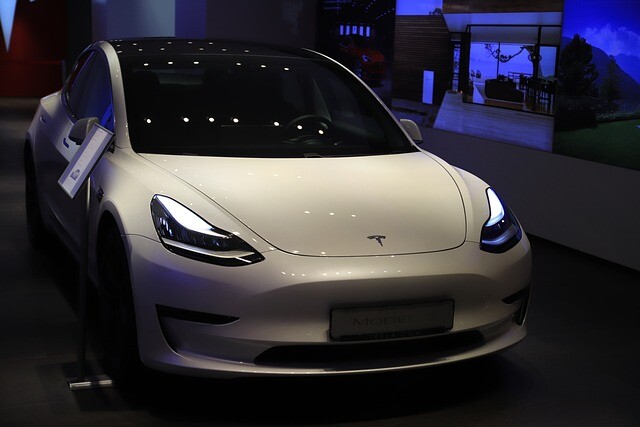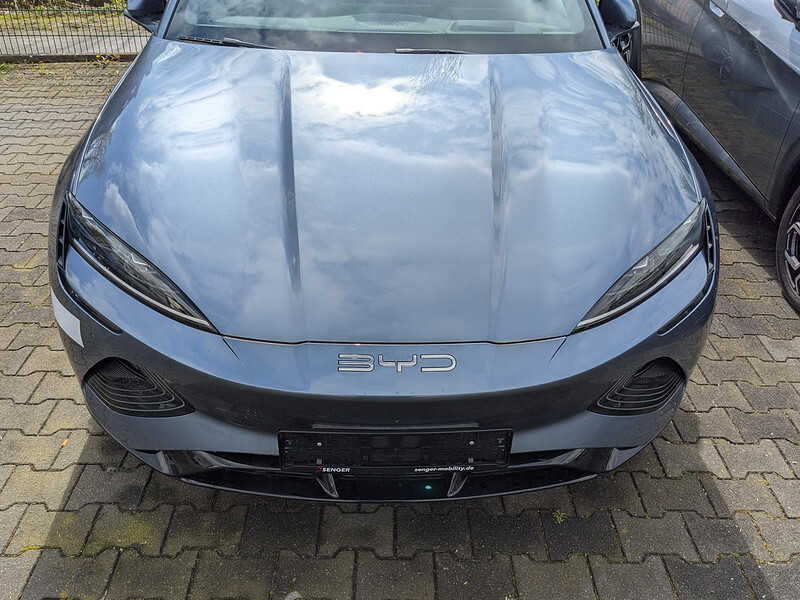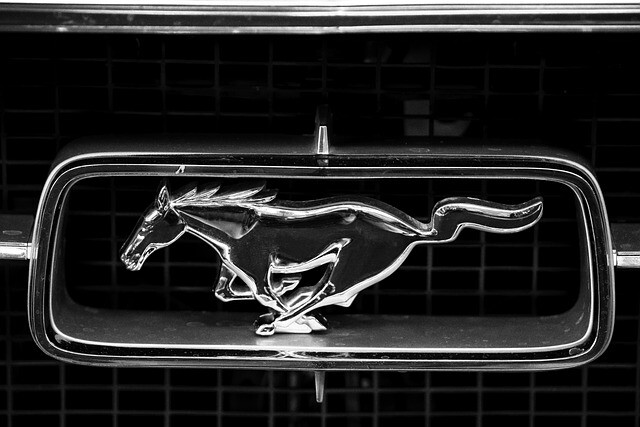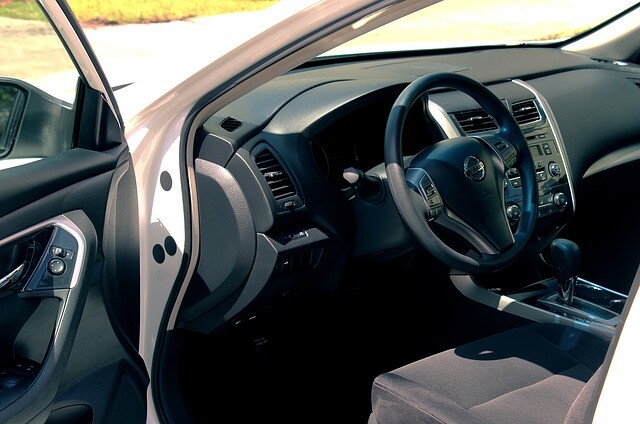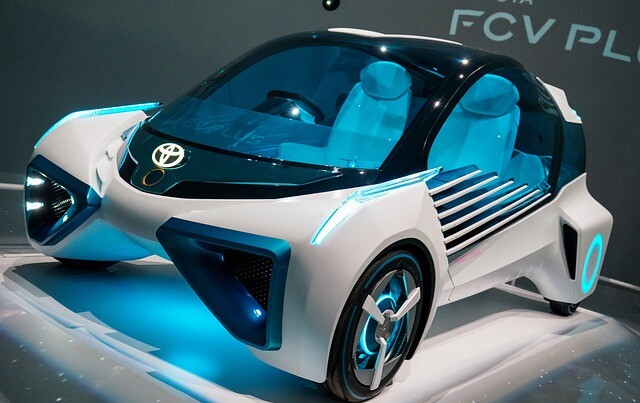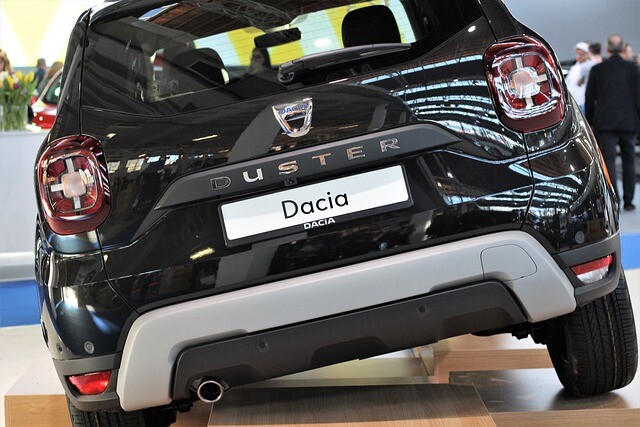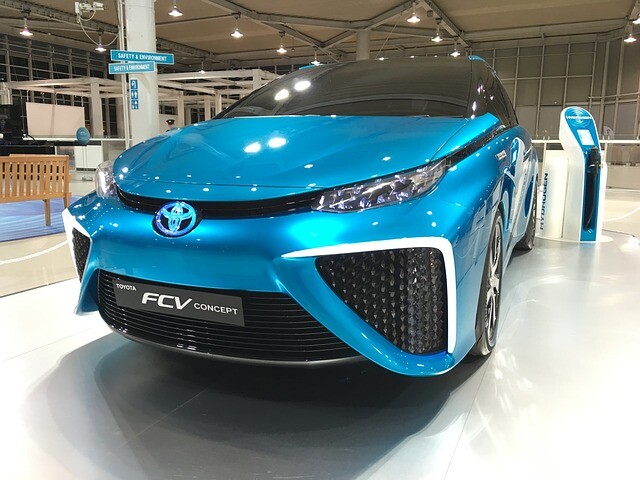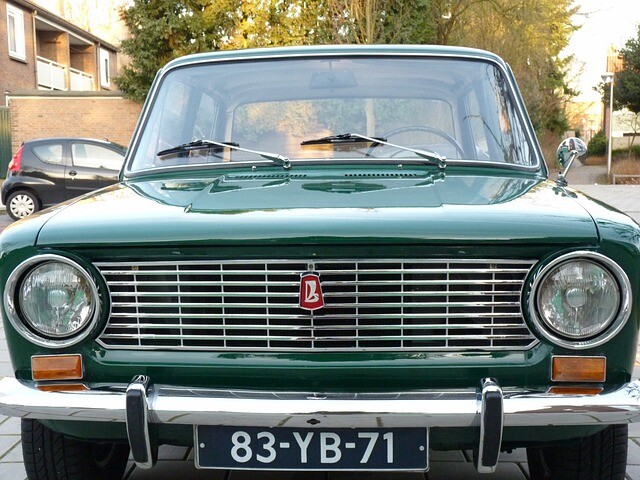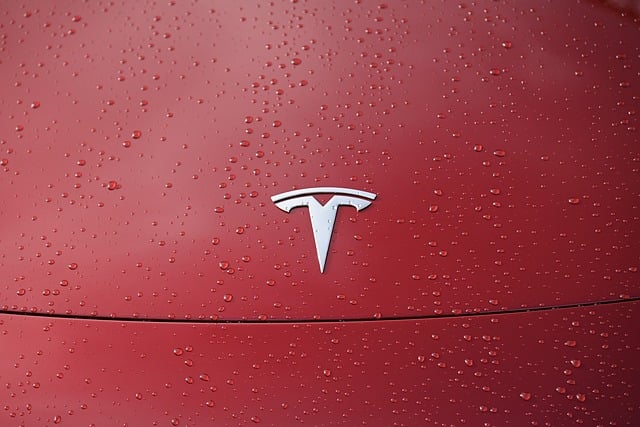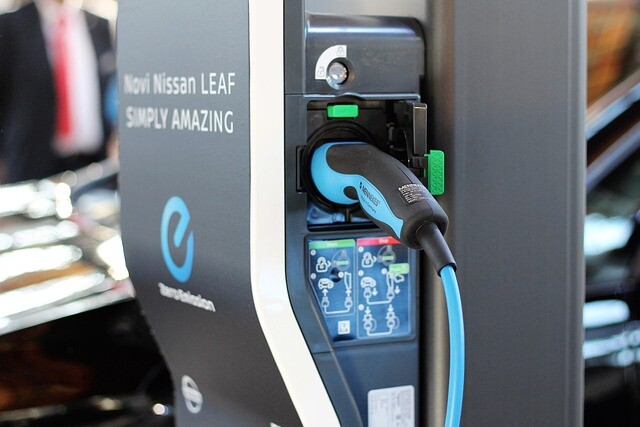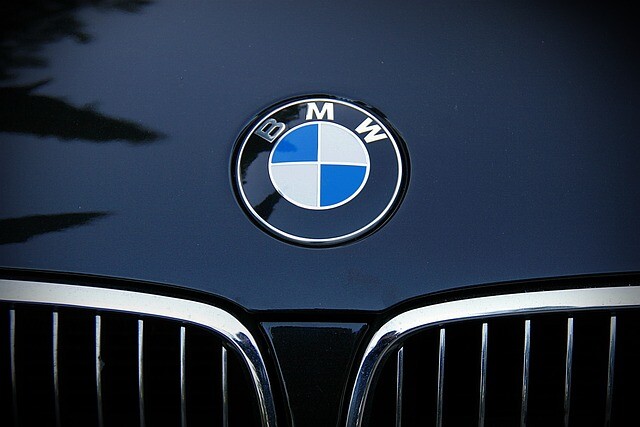Cars and emissions
For the second year, the average CO2 emissions of cars sold in Europe have risen again. The trend is reversible, there would be more solutions, but only one painless.
When you eat for months, then come Christmas, and in three days, you will regain your pounds: somehow you can feel the car industry in Europe. Manufacturers have steadily and steadily reduced their average CO2 emissions since 2007, but stopped in 2017 and plummeted by 2018.

There are two reasons for this decline: on the one hand, the spread of leisure vehicles (higher rolling and air resistance = higher consumption), and on the other hand, the reduction in the proportion of diesel vehicles. Reversing any trend would help to improve the development, but as we look at the market, people will not turn their backs on leisure cars and will not fall in love with diesel (neither is a rational decision, so we argue with them in vain).
However, there is also a third way: partial or complete electrification. For example, Tesla and Smart have zero emissions of CO2 - both of which only offer electric motors. However, you do not have to break away from the reality: we can achieve excellent results with hybrids, because many small ones go.
Do not you believe? Look at the emissions data of the Toyota Group for petrol and diesel models: the average CO2 emissions of the hybrid models, which accounted for 54 percent of the group's sales in 2018, were only 91.1 g / km, ie if only Toyota would sell hybrids only , it would already overwhelm the standard that will come into force in 2021. And as self-priming and socket hybrids are being offered by more and more car manufacturers, there is still a chance that without diesel engines we will be able to buy fast crossovers without a sense of wisdom.
(Source: vezess.hu / photo: pixabay.com)

